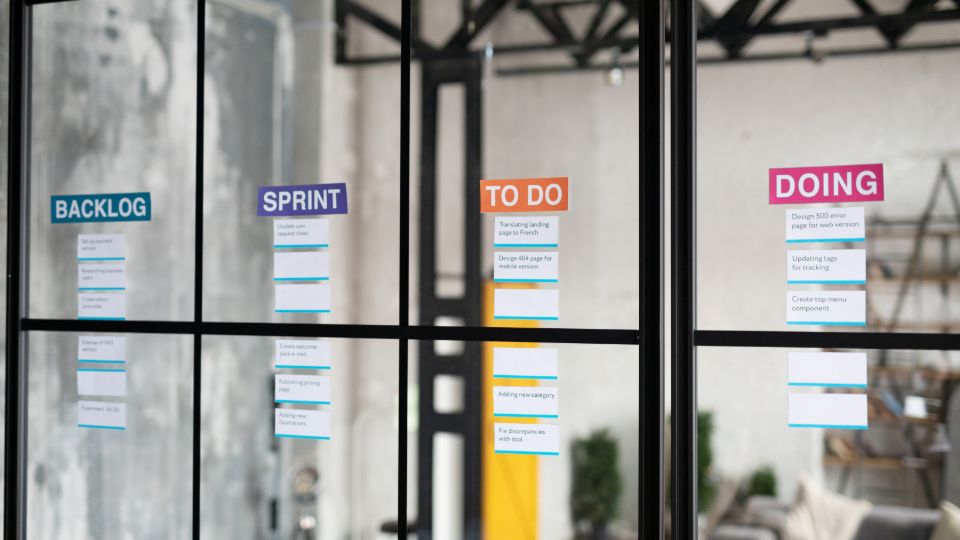What Makes Kanban Different From Other Frameworks?
One of the most popular frameworks in project and workflow management today, Kanban originates from Toyota's manufacturing processes in the late 1940s. Its principles have proven to be valuable across various sectors, from software development to healthcare. But what truly makes Kanban stand out among other widely known frameworks like Scrum, Agile, or even Waterfall?
- Visual Workflow Representation
One of Kanban's most identifiable characteristics is its emphasis on visualizing work processes. The Kanban board, a visualization tool representing work in the form of cards moving through columns, offers clarity and transparency. Each column represents a state, making it easy to identify bottlenecks and monitor progress in real-time. Compared to high-documentation and preplanned frameworks, Kanban is simpler and more focused on real-time adaptation.
- Continuous Flow vs. Iterations
While Scrum, a subset of Agile, revolves around fixed-length sprints to deliver work incrementally, Kanban thrives on continuous flow. There are no predefined timeboxes or iterations. Tasks are prioritized and tackled as capacity allows, ensuring that teams remain flexible and responsive to change. This makes Kanban particularly effective for teams managing ongoing or unpredictable workloads.
- Flexibility in Roles and Processes
Kanban imposes no strict roles or hierarchies. In contrast, frameworks like Scrum define roles such as Product Owner, Scrum Master, and Development Team. Kanban allows teams to collaborate without rigid boundaries, focusing more on delivering value than adhering to formal structures. Moreover, existing workflows can integrate Kanban easily without requiring an overhaul of established processes.
- WIP Limits for Efficiency
A defining principle of Kanban is the implementation of limits on Work-In-Progress (WIP). A WIP limit caps the number of tasks in progress, ensuring that teams stay focused and avoid overloading. This emphasis on limiting multitasking improves efficiency, reduces burnout, and delivers higher-quality results—a concept less emphasized in other frameworks.
- Continual Improvement
Kanban encourages an iterative process of continual improvement. Unlike the Waterfall approach, which follows a linear, step-by-step methodology, or Scrum, which focuses on improvement between sprints, Kanban fosters an ongoing culture of refinement. Teams regularly review workflows, identify inefficiencies, and make incremental adjustments to enhance performance.
- Minimal Planning and Overhead
Another attribute of Kanban is its simplicity. Scrum and Agile require frequent planning sessions or backlog refinement, whereas Kanban operates on the continuous pulling of work items. This "just-in-time" mechanism reduces planning overhead and ensures work aligns with current priorities.
- Applicability Across Industries
Kanban's universal applicability is another unique aspect. While Scrum is often associated with software development, Kanban is suitable for any domain that requires task management—from marketing campaigns to supply chain operations. This versatility makes it an ideal framework for teams across industries.
Conclusion
Kanban is a practical, adaptive, and straightforward framework. By prioritizing workflow visualization, flexibility, and constant improvement, it provides all the elements teams need to work effectively and efficiently. Whether applied to software, manufacturing, or personal tasks, Kanban's principles are universally applicable and invaluable, resulting in fluid workflows with a clear focus on value.
